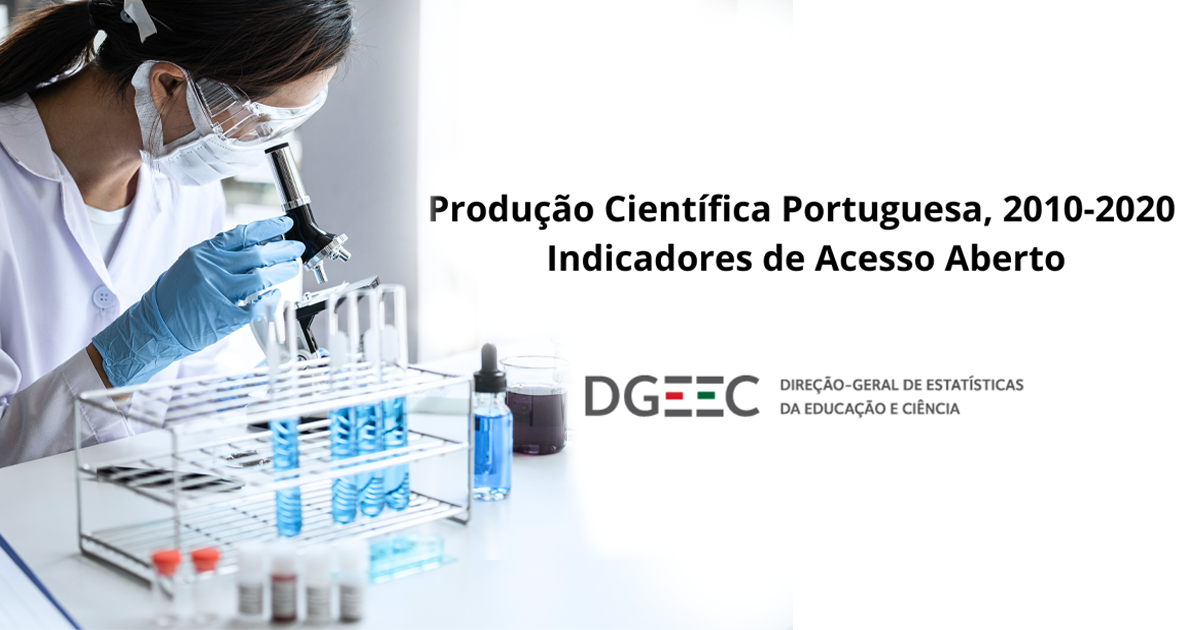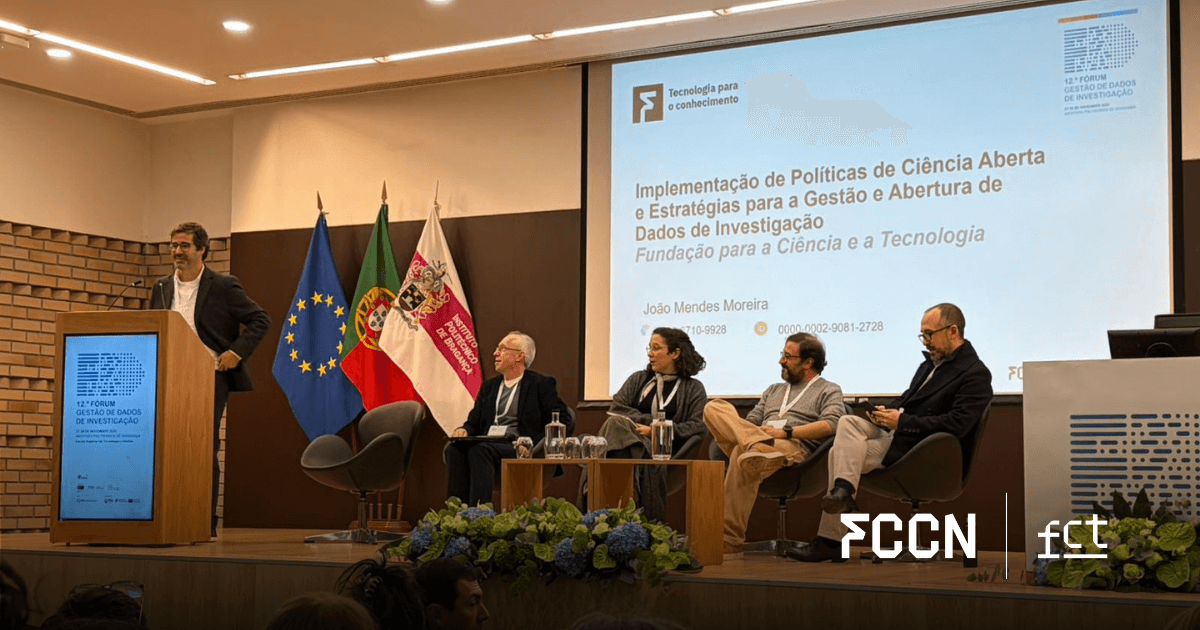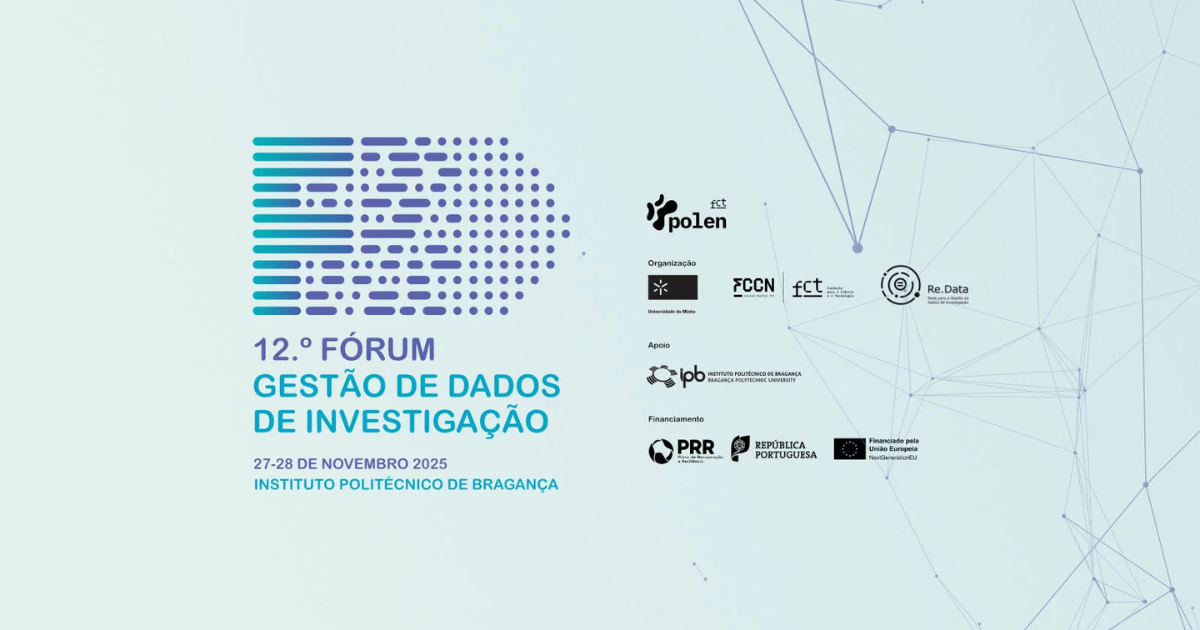The Directorate-General for Education and Science Statistics (DGEEC) has released a publication with new indicators on national scientific production in Open Access, between 2010 and 2020. Discover some of the main conclusions.
It was with the aim of “contribute to a more detailed analysis of the topic of Open Access” that the Directorate-General for Education and Science Statistics published a set of bibliometric indicators on Portuguese scientific production in Open Access. The publication, available here, details the number and percentage of publications carried out within this paradigm and outlines the portrait of international collaboration and Open Access in the Portuguese public higher education system, among other indicators.
The data analyzed by this organization show that the number of Portuguese publications in Open Access increased considerably between 2010 and 2020, reaching 47% of the total publications made in 2020. The percentage growth during this period was 76%, with an average annual growth of approximately 6%.
The DGEEC study also compares Portuguese scientific publications with the international reality, highlighting that, on average, national scientific production received 47% more citations than the world average for publications with the same characteristics (year of publication, document type, and scientific field). In contrast, the average number of closed-access Portuguese publications was slightly below the global average in terms of the number of citations.
Another piece of data highlighted by the study concerns the scientific areas that published the most in open access. In this chapter, the exact and natural sciences stand out as those that obtained the most representative result. In 2020, for example, Open Access publications in these areas exceeded 50%. Specifically, medical and health sciences had a higher normalized citation impact, within the national Open Access panorama, receiving 98%












